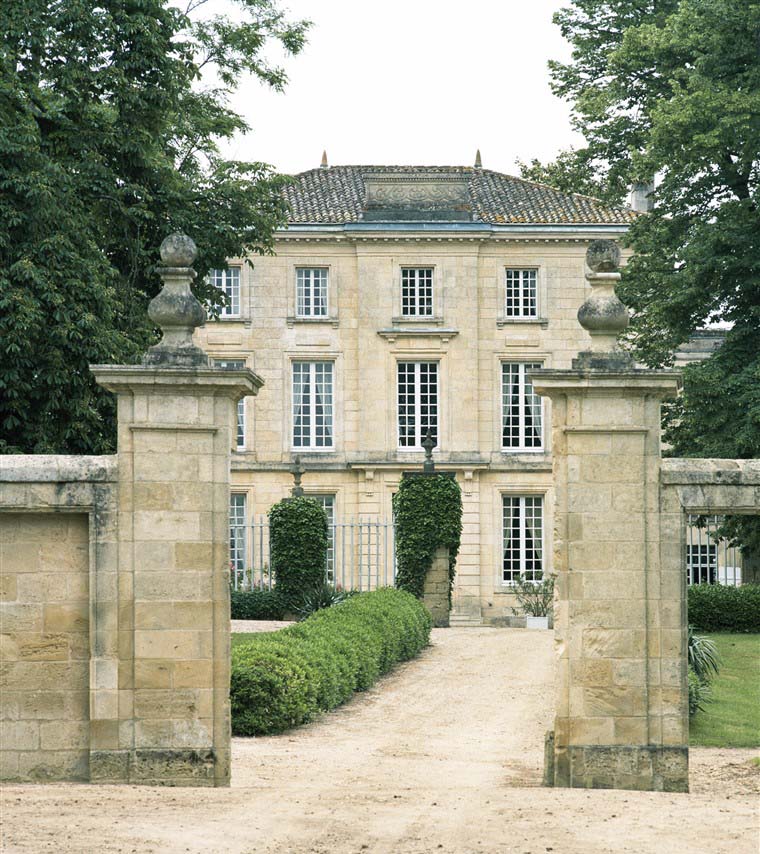|
You are using an insecure Internet browser
Navigateur internet non sécurisé
您在使用不安全的网页浏览器。
|
||
|
We have noticed that you are using Internet Explorer which is an outdated and insecure Internet browser. Please use one of the browsers below for a safe and optimal experience on our website.
Nous avons remarqué que vous utilisez Internet Explorer, qui est un navigateur internet obsolète et non sécurisé. Nous vous recommandons d’utiliser à la place l’un des navigateurs ci-dessous pour une expérience sûre et optimale sur notre site.
我们注意到您使用的Internet Explorer是过时且不安全的网页浏览器。请使用以下任一浏览器,在我们的网站上获得安全及最佳体验。
|
||
| Edge | Firefox | Chrome |


The origins of Figeac go back to the Gallo-Roman epoch of the 2nd century, when the estate was part of the agricultural land attached to a Roman villa belonging to a certain Figeacus.
From the 15th century onwards it belonged to the same family for more than five hundred years, but then went through numerous changes of ownership and sales of land in the second half of the 19th century.
André Villepigue bought Figeac in 1892. The modern era began when his grandson Thierry Manoncourt, an agricultural engineer by training, took over the running of the property in 1947. He was extremely innovative in his approach to grape-growing and wine-making. Today, Marie-France Manoncourt, her family and the director of the domain, Frédéric Faye, preserve Figeac’s inimitable style with a series of brilliant vintages in the past decade.
Château Figeac lies on Saint-Emilion’s western extremity where the soils are gravel-rich. Its neighbour is another Premier Grand Cru Classé, Château Cheval Blanc.

Figeac was one of the first properties, along with Latour and Haut-Brion, to use stainless steel tanks alongside its wooden vats. The “Pharaoh of Saint-Emilion” was the nickname given to Thierry Manoncourt in the 1970s, during his important investments in equipment for Figeac (an extra vatroom with 10 stainless-steel vats, a new underground barrel cellar…).
What is more, Manoncourt was one of the first to age his wine in 100% new oak barrels. Yet what really forged Figeac’s uniqueness, though, was his audacious decision to use as much as 35% Cabernet Sauvignon and 35% Cabernet Franc in the wine… and limit the traditional Merlot to 30%. Figeac is nicknamed “the most Médoc-like wine of Saint-Emilion”, because of its higher proportion of Cabernets, whereas Merlot is generally the dominant variety in Saint-Emilion wines.

© 2024 Copyright – Le Club FICOFI® | Design by OLC
This website uses cookies to ensure you get the best experience on our website as specified in our Cookie Policy. You can consent to the use of such technologies by clicking on “I agree”.